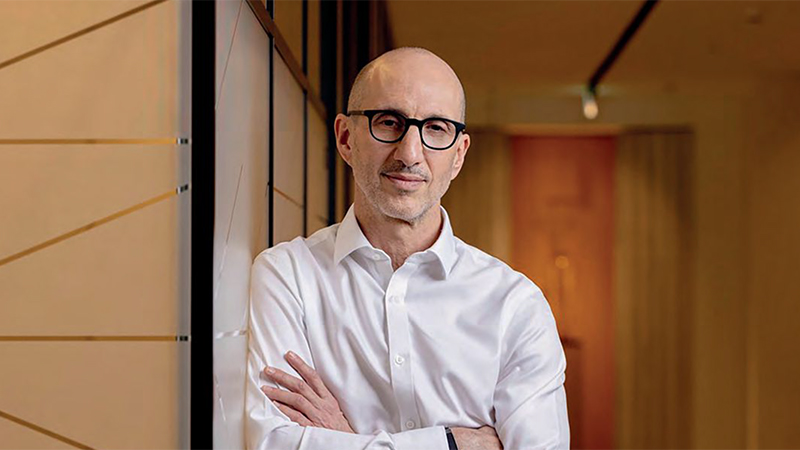2014 has been a year of illiquidity concerns for some – particularly given the FCA’s probe into UCIS vehicles, such as student accommodation funds.
As yet, there are no immediate signs of a return to the kind of redemptions seen in mainstream commercial property funds during 2008. Indeed, property notably topped the net sales rankings above equities and bonds in September, according to the IMA.
Still, as prices rise – and trusts trade at a premium – the sector has built up its critics. After phenomenal years of yield compression, the market for commercial property is arguably looking overvalued.
“Most people think property is a diversifier with low volatility, and yes prime property is a diversifier, but secondary property certainly isn’t,” says David Coombs, head of multi-asset investments at Rathbones.
“Secondary property is the likes of regional offices, industrial sites, and high street retail – it is linked to the economic cycle and more correlated to equities, in the same way that cyclicals are. It is volatile and risky.
“If we are peaking our GDP growth in the UK, which I believe we are, then people have got very excited about rental growth in secondary. There will be rental growth, but my god that’s in the price.”
The quick recovery
While the quick recovery money has undoubtedly been made in most property sectors, Nick Sketch, senior investment director at Investec Wealth & Investment, still sees much of the asset class as attractively priced.
“With other assets that are not closely linked in their behaviour to the FTSE 100 (e.g. corporate bonds) offering much lower than usual returns, and with equity markets still shaky and highly correlated with each other, the attractions of good commercial property investments as diversifying assets that are attractive in their own right seems clear,” he explains.
Sketch says he and his team have also made good money for clients in infrastructure, and value highly the fact that returns from this sector are so far removed from the vagaries of the usual economic cycle.
No cheap answers
However, he adds: “While we are generally positive, it is hard to argue that the sector looks cheap, and it is debatable whether these are ‘real’ assets by even quite a loose definition – after all, what does one really own? Quoted shares in a company whose main asset may be an annuity stream of promised government subsidy cheques?”
And commodities? It is actually quite hard to find bears in this category, with investors still seemingly not convinced that energy prices have bottomed just yet. Still, that doesn’t there aren’t selective opportunities elsewhere.
Adviser research from alternatives specialist Intelligent Partnership has found that land and agriculture investments remain popular, driven by the macro case for growing global population – which is predicted to top £9bn by 2050.
“Right now we don’t know how we are going to feed all those mouths so that makes a big case for investing in agriculture,” says director, Daniel Kiernan.
The UN Food and Agriculture Organisation estimates that food production must increase by 70%, while total investment into agriculture in developing countries needs to increase by 50% to $83bn per year in order for this to be achieved.
There are plenty more investment options for those looking for diversification through real assets, even if they do have to give up some liquidity. Groups have responded to demand with the likes of Pimco, Russell Investments and Macquarie all competing with their own specialist funds.
A smart move?
The latest is Architas, which this month launched its Diversified Real Assets Fund for CIO Caspar Rock. The fund of funds targets a yield of at least 3.5%. Only time will tell if this was a smart move in the current investment climate, though it makes sense for those investing over a longer time frame.
For Rock, Real assets offer the benefits of a good Sharpe ratio, with risk reward and diversification benefits, as well as good downside protection.
“This is a long portfolio that is slow money rather than a long/short portfolio that is fast money,” he asserts.
“The asset classes we look at have lower correlation to equities and bonds, and lower inter-correlation between the sub asset classes.”
You can read more about real assets in the forthcoming January edition of Portfolio Adviser, out soon.










